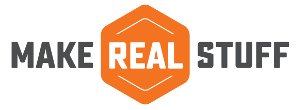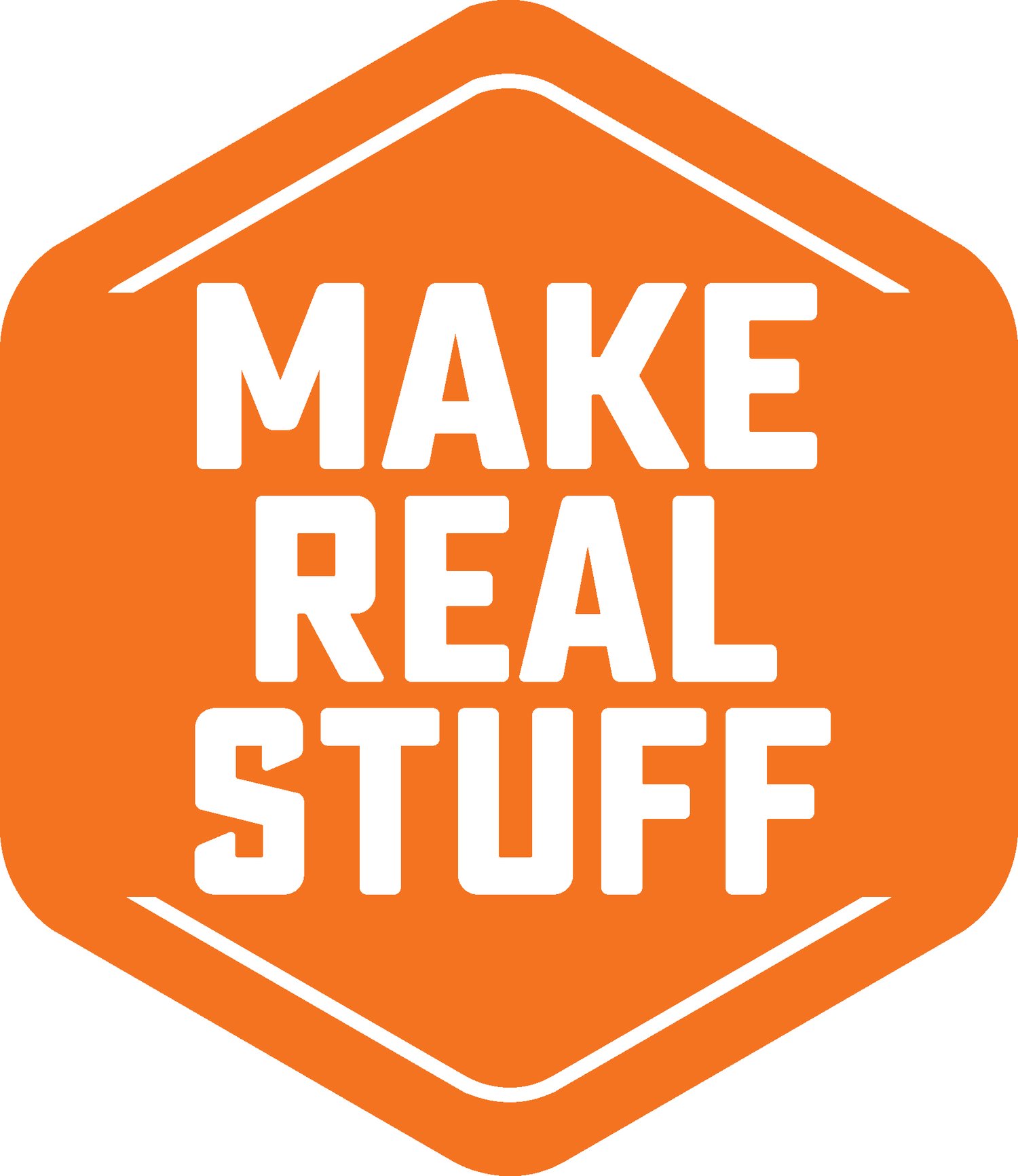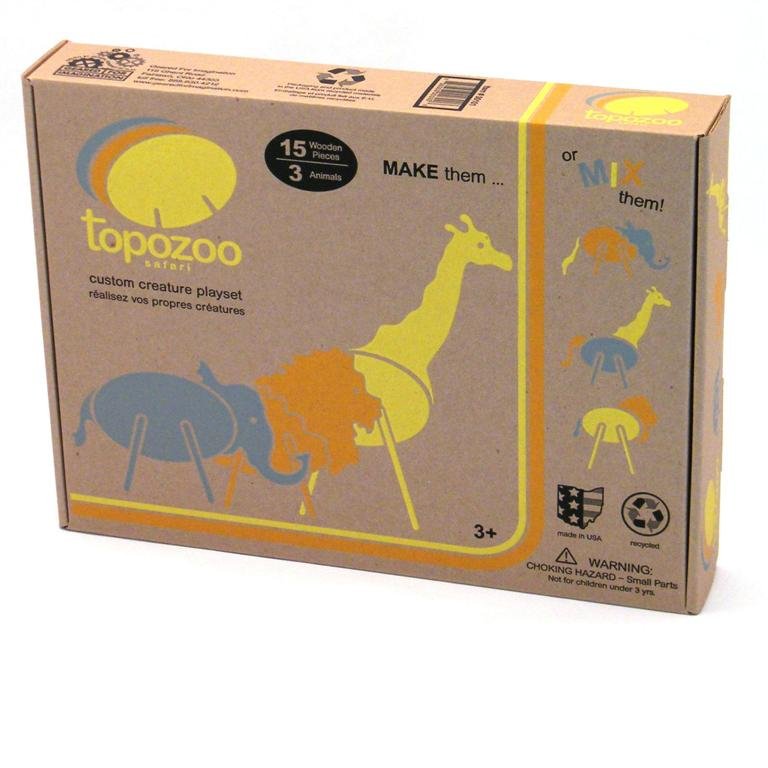Introduction — and the 5 Types of Product Innovation - Episode 1
For more information on some of the companies and products I discuss on this episode:
Oxo - and their Good Grips products
Baby Banana - the banana-shaped toothbrush that’s safe for teething kids
Plus-Plus Puzzle by Number - a hybrid of Paint By Number and Puzzles
Types of new products
New product ideas generally fall into a few categories. Let’s take a look at some of these types of products, and as we do, see if you can determine what area best describes your product.
1. A Product Improvement: Many of the inventions we see are simply improvements on products we already use every day. The kitchen gadget and general consumer products company OXO became famous for improving on what was a ubiquitous and somewhat painful-to-use kitchen object, the metal vegetable peeler, which looks like this:
Your Grandma’s veggie peeler
Working with a team from consulting firm Smart Design, they observed the way people actually held and used peelers and other kitchen tools. Smart Design realized that having a larger, softer handle would be much better for the cook, producing this new product:
OXO’s Good Grips Peeler
This one product design led to an entire Good Grips line of products. If you look through your kitchen drawers, you are likely to come across one of these gadgets (a can opener or a spatula), or maybe one inspired by this design. This product line went on to win numerous design and innovation awards. The OXO peeler is the perfect example of a simple product that was ready for improvement. No one had looked at the old-style peeler with fresh eyes and seen what could be changed about it. You can also think of more sophisticated examples, like the automobile — a complex piece of machinery but with many added incremental improvements over the years: intermittent wipers, electric windows, and air conditioning to name just a few. Or, think of the simple example of luggage: it’s hard to imagine now, but despite the fact that the wheel was invented thousands of years ago, and that we were all lugging our heavy suitcases through airports for decades, it wasn’t an obvious improvement to put functional wheels on luggage until someone thought to do it in the early 1970s (paired with a flexible strap, looking something like a dog leash, so your luggage could be dragged along behind you). And then, it took another 15 years or so to turn the luggage onto its short end and add a retractable handle in the late 1980s.
Other examples of products created through improvement are: cordless phones, hybrid electric cars, shoes with air-filled soles, bicycles with shock absorber suspensions, and many more.
So maybe you have looked at an object in your house or at work and thought, “I could do better than that”. This is one the best ways to get started with product development, because you immediately make a link in the consumer’s mind to an existing object that they use and like (or, in the case of the peeler, maybe don’t like). This makes the buying decision that much easier for them - they already know how to use the thing, and now they can use the thing more effectively or more easily or quickly.
2. A Problem Solver: Many inventors and product developers get their start by identifying a problem in their daily lives and solving it, or “scratching their own itch”. Early in my product career, at the ABC Kids Expo in Las Vegas, I met a mother whose child had been seriously injured by falling down while a toothbrush was in her mouth, forcing it into her soft palate and coming within centimeters of his brain. This traumatic experience led ‘mompreneur’ Heather Phillips to innovate a solution.
Little kids love the feel of a toothbrush in their mouth, on their teething gums. but when that combines with their incessant movement and their instability by virtue of being new walkers, serious problems arise. Heather found out that such soft palate injuries were alarmingly common, so she set out to create a solution. She invented a soft silicone toothbrush, the Banana Brush, that toddlers can safely chew on, and even fall on.
Banana Brush
This simple object has gone on to sell millions of units and now boasts over 22,000 reviews on Amazon. By solving a problem the had in their own lives, these inventors have saved the lives of others.
If you go through a day with your eyes wide open, you will see plenty of these problems to be solved. And of course, if there is something that frustrates you, odds are there are millions of other people frustrated by it too. One of the most common mantras heard on ABC’s Shark Tank is, “there has to be a better way!” There usually is.
3. A Product Hybrid: Some successful products are simply a blend of two existing products. In this category I can give the example of my most recent product launch, Plus-Plus Puzzle By Number®. Over the past several years we had noticed that many consumers, especially during COVID lockdown, were creating elaborate two-dimensional mosaics with their Plus-Plus pieces, in spite of the fact that we didn’t sell any products that specifically encouraged this play pattern. I had the idea to combine a puzzle-type building experience with the artistic design of a classic paint-by-number kit, and Puzzle By Number was born. In just a few short months, it has already become one of our bestselling product categories. Part of the success of this type of product is owed to the fact that consumers already have a familiarity with the two (or three) things being combined, and so they can quickly understand the idea behind the item.
Puzzle By Number - Map of the USA
4. A Category Disrupter: Some inventions go beyond mere improvements to create new product categories. The most famous creator of these types of products is located at One Infinite Loop in Cupertino, California. Apple, even after the death of its founder, Steve Jobs, continues to create products that defy categorization and inspire consumer demand where none existed before. Take the iPad as an example: it’s not a e-reader (like a Kindle), not a computer, and not a cell phone. But despite having to bushwhack its way through a crowded forest of consumer electronics, Apple has sold over 350 million iPads since its debut in 2010.
The iPad is not really an improvement on anything, nor is it solving any particular problem. Tech journalist Matt Buchanan wrote for Gizmodo in 2013 that Steve Jobs saw an opportunity for something “more intimate than a laptop, and so much more capable than a smartphone” — something between categories. And once iPad burst on the scene, consumer demand proved Jobs right: Apple sold 450,000 in the first week, 1 million in the first month, and 19 million in the first year.
And then, writes Buchanan, people realized that
“the iPad was turning five industries upside down. It was changing the way consumers bought and read books, newspapers, and magazines — as well as the way they watched movies and television. Revenues from these businesses totaled about $250 billion, or about 2 percent of U.S. GDP.”
Through its innovation, Apple not only disrupted consumer electronics categories, but the United States economy as well. The iPad is an exceptional category-shaker, having an impact far beyond its own industry. Few of us can expect to create a product that has such broad repercussions.
One cautionary note: there is a downside to tying to blaze a trail in a new category. I learned this in 2010 with the sales of the first product I designed from scratch, called Topozoo. I set out to create a product that I could manufacture affordably in the United States, in an eco-friendly way, and came up with a series of ‘topographical’ or layered animals that kids could recombine into different crazy hybrids.
The ill-fated Topozoo - puzzle or room decor?
We’ll get more into this product line later when we talk about packaging and other things I learned along the way, but one big challenge for Topozoo was that it didn’t fit neatly into any one product category. We ended up selling it to national grocery retailer Whole Foods and several other key accounts, but many stores didn’t know where to sell it. It wasn’t quite a puzzle, not really a preschool play set, and sortof room decor. In this case, not having a clear product category ended up hurting our ability to sell the products. Of course unlike Apple’s category-busting iPad, we didn’t have millions of dollars of marketing spending to tell consumers about it.
5. A Line Extension: Many consumer product companies grow their product offering through line extensions. They are selling five products in a given category and decide to offer a new item either in that same category that appeals to a different buyer, or in a different but related category. For example, a company that sells all-natural cleaning products decides to create and market a pet shampoo because it sees a hole in the pet market for their kind of natural formulation.
These products are not truly innovative, and may not even be new to the market, but are new for the company and therefore also for its customers. We are doing this kind of product development all the time in my company, Plus-Plus. We sell construction toys, which most obviously are sold to kids and their parents as entertainment. But, we are actively pursuing products that can enter multiple other markets: executive desk toys, educational toys for schools, therapeutic toys for kids with special needs, and more. Each of these developments will be a line extension that will require specialized thought and planning beyond traditional toys sales channels, but they hopefully will open up all kinds of new markets for us.
Question for you: Which of these product categories best describes your idea?






